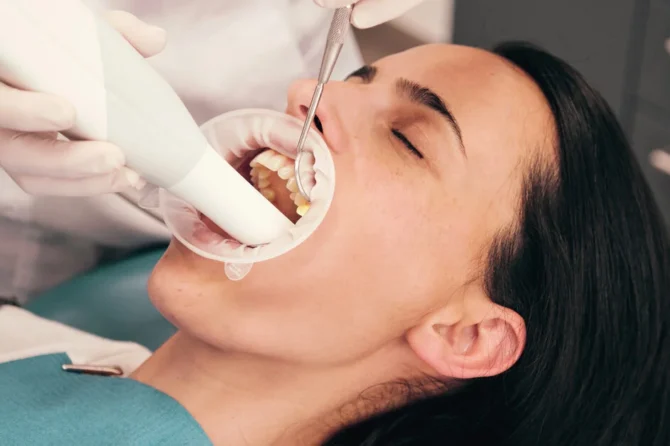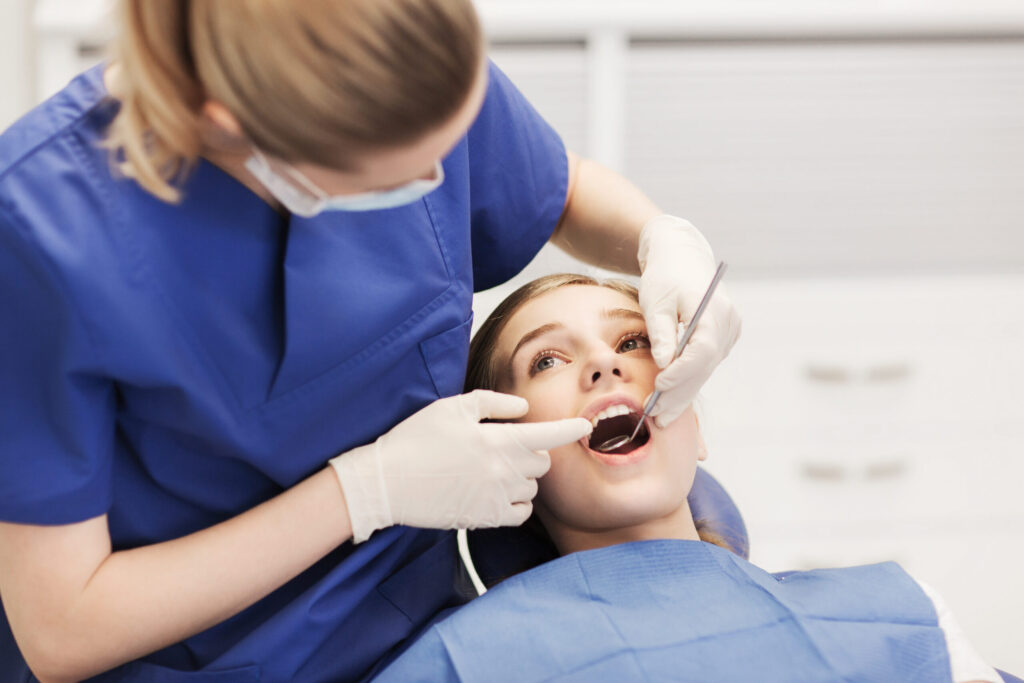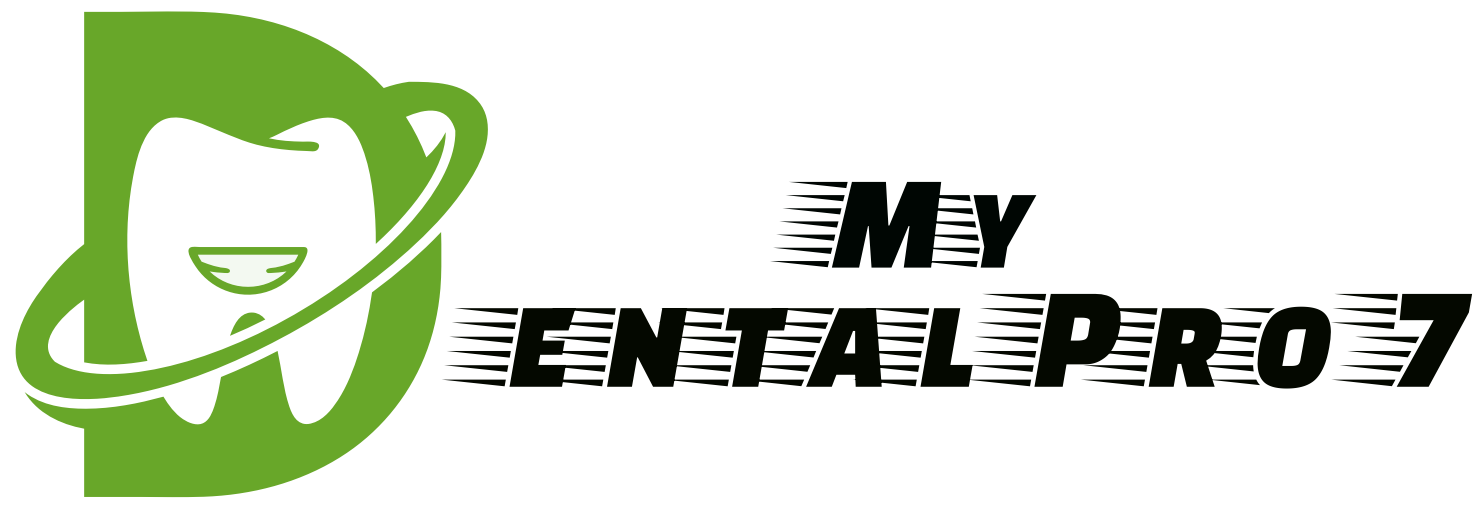
Do gums grow back after tartar removal? A Comprehensive Guide to Tartar Removal
The first question you’re probably wondering is, “Do gums grow back after tartar removal?” The short answer is yes. They can grow back over a removed tooth, like they can reattach to a tooth to some extent. You can use over-the-counter medications to relieve the discomfort after tartar removal. Gum graft surgery is the most effective long-term treatment for gum recession if the problem persists.
Antibiotics can cause gums to grow back after tartar removal
If you have wondered if antibiotics can cause gums to grow back after removing tartar, you’re not alone. There have been reports of patients who’ve taken antibiotics for periodontal disease and experienced an increased rate of gum growth after the procedure. However, it’s important to note that this isn’t a universal problem and depends on the individual’s circumstances. If you’re concerned that the medication could cause gums to grow back after tartar treatment, talk to your dentist.
Antibiotics are commonly prescribed for periodontal disease. They work by killing bacteria that live on teeth and in the gums. They can also help the gums heal. In more severe cases, however, surgery might be necessary. In this case, the doctor may recommend surgical procedures and antibiotics. These procedures may be required to open gum pockets and restore healthy tissue. Another treatment method is gingival grafting, which replaces diseased tissue with healthy tissue.
Most people build up tartar on their teeth beneath the gum line. To repair the damage caused by tartar, the tartar needs to be removed. Traditionally, this is done by scraping the root surface of the tooth. However, this process leaves bacteria at the tooth and increases the risk of re-infection.
Gum disease can also lead to bone grafts replacing lost bone tissue. These can come from donated or synthetic bone and can restore the stability of teeth. Another procedure involves tissue engineering, which encourages your body to regenerate bone and tissue. Soft tissue grafts reinforce thin gums and fill in receding gums. These are made from the roof of your mouth and are not permanent.
Over-the-counter medications can relieve pain and swell after tartar removal
If your tartar removal procedure is causing swelling and pain, consider taking over-the-counter medications to ease the discomfort. Acetaminophen, an analgesic also available as a liquid gel capsule, is a common choice. It is effective at relieving pain, but it lacks anti-inflammatory properties. However, it can have adverse side effects, such as liver damage. If you take acetaminophen, consult your dentist about the proper dosage and frequency.
Although OTC medications can relieve pain, they may not be safe for long-term use and may interact with other medications. Make sure you consult your healthcare provider or pharmacist about which medications are safe to take after a dental procedure. You should also use these medications only according to the instructions on the bottle. Taking them too often or for a long period may cause serious side effects or even an overdose.
NSAIDs, such as ibuprofen, acetaminophen, and naproxen, can be used to reduce swelling and pain after a dental procedure. If taken improperly, these medications can cause serious side effects, so they should be taken only as directed by your dentist.
If you are concerned about the pain and swelling following a tartar removal procedure, consider taking over-the-counter medications to relieve the pain. A mixture of hydrogen peroxide and water can ease the pain and inflammation. This is an alternative to the saltwater rinse. Peppermint oil can also help relieve the pain.
Gum graft surgery is the most predictable and long-term treatment option for gum recession
Gum graft surgery can correct several problems, including gum recession. It can help reduce the appearance of receding gums, stop further bone loss, and cover exposed roots. The procedure also helps patients improve the aesthetics of their smile. Most patients experience minimal side effects after the procedure. Some may experience swelling or bruising. However, these effects are generally brief and will subside within a week.
Gum graft surgery involves transplanting donor tissue that replaces the missing tissue. The procedure involves the removal of a layer of connective tissue from the undersurface of the epithelium. This connective tissue is then transplanted to the exposed root area. The incision is closed with stitches to secure the graft to the tooth root.

Free gingival grafts (FGGs) are not ideal for root coverage procedures because they lack predictability and have poor blood supply. There is also the potential for graft shrinkage. To overcome these issues, two-step procedures were introduced. The first step involves the apical portion of the gingiva, and the second step covers the root surface. Recently, the procedure has undergone several modifications, including minimally invasive techniques and smaller graft dimensions.
During the procedure, your surgeon will make an incision under local anesthesia. This is generally painless. You may experience minor discomfort after the procedure, but this is temporary and easy to manage. You may also need an antibiotic and a soft diet for a week. Afterward, you can resume normal activities.
If you’re concerned about gum recession, you’ll want to find a periodontist specializing in gum graft surgery. The procedure is simple and predictable and offers the best long-term results. There are two types of grafting: free gingival graft and connective tissue graft.
Diet plays a vital role in protecting your oral health
A healthy diet is essential for properly developing your teeth and gums. It can also help to prevent cavities and gum disease. A poor diet, however, can also cause problems related to your oral health. Read on to learn more about the benefits of a healthy diet and the foods that can cause problems in your mouth.
To protect your teeth, you should eat foods rich in calcium. Milk, cheese, tofu, almonds, and dark green vegetables are all good sources of calcium. Furthermore, nuts and seeds are good sources of Vitamin C. These substances prevent bacteria from converting sugars into acids that can harm your teeth. Nuts and seeds contain minerals and fiber, which promote saliva production. Eating raw vegetables and fruit can also help you protect your teeth from cavities.

In addition to eating fruits and vegetables, you should avoid starch-based foods. Starch promotes the growth of bacteria in the mouth, which can lead to dental problems. Sources of starch include rice, bread, and pasta. A balanced diet should also include foods high in potassium, calcium, and phosphorus. On the other hand, foods high in sugar, calories, and sodium are bad for oral health.
Sugar is another major contributor to tooth decay. When sugars interact with plaque and saliva, they form acids that attack your teeth. This acid attack can last up to 20 minutes after eating a meal. Therefore, you should limit your sugar intake and drink plenty of water. If you must consume sugary beverages, it’s best to rinse your mouth well and brush your teeth afterward.
How long does it take for gums to grow back after tartar removal?
It typically takes a few weeks for gums to grow back after tartar removal. However, this can vary depending on the severity of the gum disease and how well you take care of your teeth after the procedure. Good oral hygiene habits, like brushing and flossing regularly, will help speed up gum healing.
What are the risks of not having tartar removed?
If tartar is not removed, it can lead to serious gum disease. Gum disease is an infection of the gums that can damage the bone and tissues that support your teeth. If left untreated, gum disease can cause tooth loss.
How often should I have my teeth cleaned by a dentist?
A dentist typically recommends having your teeth cleaned by a dentist every six months. However, you may need more frequent cleanings if you have gum disease. Your dentist will let you know how often you need to come in for cleanings based on the severity of your gum disease.
The answer is yes; gums can grow back after tartar removal. However, it is important to note that regrowing gums is gradual and may take several months to a year for the gums to regenerate completely. Additionally, it is necessary to practice good oral hygiene habits (such as brushing and flossing regularly) for the gums to remain healthy once they have
grown back. Talk to your dentist if you have any concerns about your gum health.
If you’re looking for an all-natural way to keep your teeth and gums healthy, look no further than Dental Pro 7. Made with only the finest ingredients, Dental Pro 7 is the perfect solution for those who want to avoid harsh chemicals and artificial flavors. Best of all, Dental Pro 7 is affordable and easy to use. Add to your toothbrush and brush as usual. For best results, use Dental Pro 7 twice a day. So what are you waiting for?
